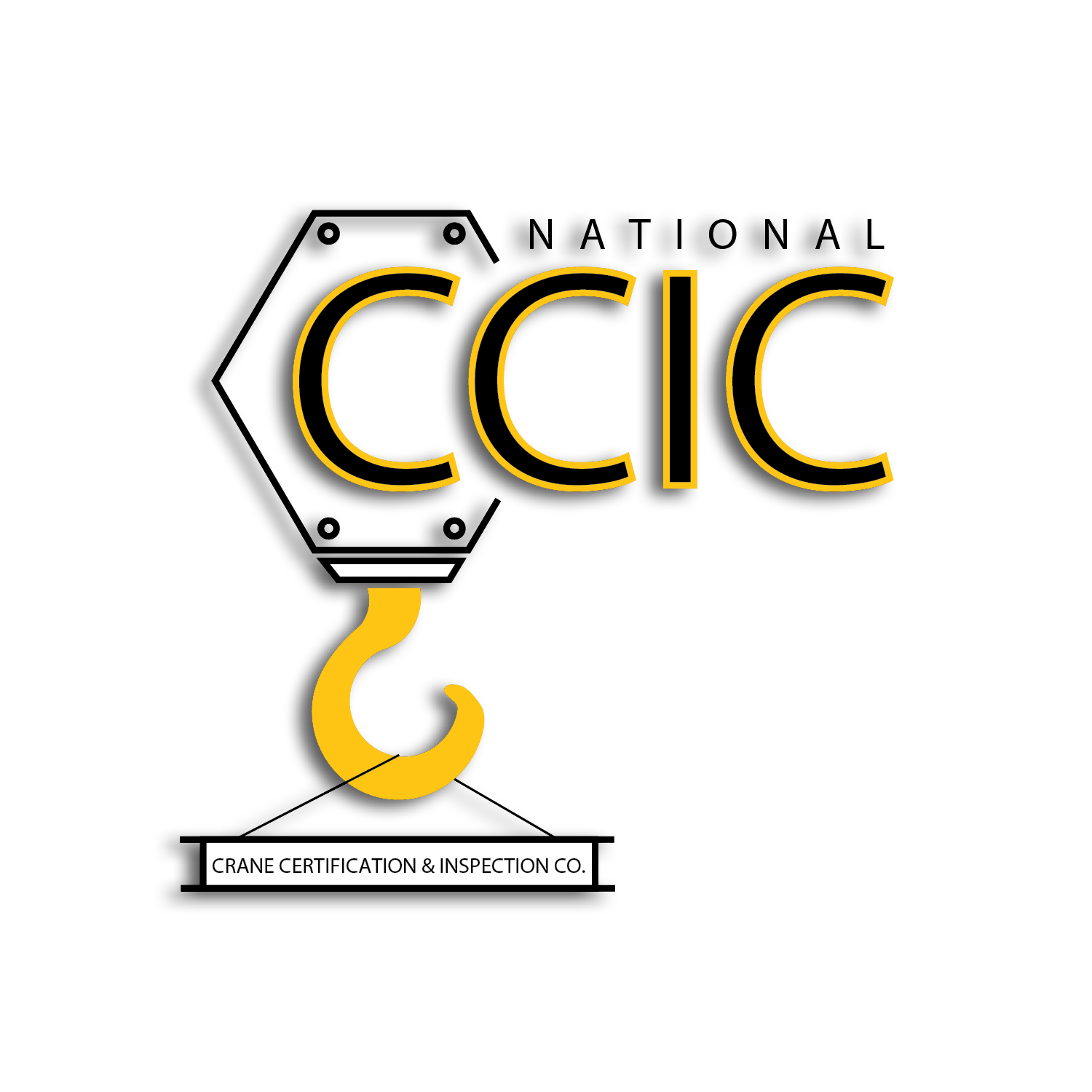ASME is at it again; refining, defining, and adding to their newest B-30.5 publication. It is titled B30.5– 2021 Mobile and Locomotive Cranes. Within this standard they have added a new role. This new role added, “Responsibilities of a Signal Person”.
A Signal Person during a load handling activity (LHA) now have responsibilities listed within the new B30.5 Standards. There are nine responsibilities listed within the B30.5. We will mention a couple of them. The primary responsibility of the signal person, as we know, is their capability to communicate effectively during an LHA with the crane operator, either by using voice commands or hand signals.
Two areas of obligations within the nine areas of responsibilities that we will examine today are:
- Confirm with the crane operator the method of communication that will be used during the LHA.
- Make sure that the standard hand or voice command will be always understandable and constant.
Experience: I have been on jobsites where the signal person and the crane operator were not in sync. The operator spoke a different language or had an accent that was difficult to understand. Like many, the crane operator made do with the signals they were given by an untrained signal person or with the ineffective voice commands or hand signal. Because of the unavailability of a trained signal person, the crane operator and the signal person adjusted their communication with primitive hand and voice signals. This modification caused frustration to both parties which produced both property and material damages.
Making sure that the standard hand or voice signal will be always understandable and constant, resolves much of the conflict described in the event above. The standard, also mentions that the voice commands or hand signals given, must be discernable.
Discernable to me indicates that the signal person is effectively communicating (seen, recognized, and understood) with the crane operator and the crane operator is matching the commands given by the signal person with the appropriate crane function.
In addition to ASME B30.5, OSHA 1926.1421 has addressed effective communications. OSHA 1926.1421 states, “The operator, signal person and lift director (if there is one), must be able to effectively communicate in the language used.”
Causes of ineffective communications:
Verbal Commands
- Improper or the lack of training
- Accent / Dialect – Every person has an accent that is the result of how, when, and where they learned the language they speak.
- Someone who has medical incapacities, such as a stroke or traumatic brain injury can make people sound like they’re from another country, even if they’ve never set foot on its soil.
- They’re making common pronunciation mistakes. They are:
- not stressing certain syllables,
- stressing the wrong syllable, or
- substituting a sound from their native language that just sounds “off” in English.
Hand Signals
- Improper or the lack of training
- Not using the standard hand signal, because the signal person was not trained is a problem. The presenter/assigned signal person, who gives a signal, understands their signal in different ways, and assumes their understandings are the same as the crane operator receiving the signal.
Questions:
- Why is it important that we ensure that the crane operator and the signal person can understand each other, after all they speak the same language?
- How can we understand a language but not truly understand others that speak it?
- Have you had damages caused by ineffective communication?
- Do you have properly trained signal person, do they know these new responsibilities, or do you want them to become a certified/qualified signal person?
- Do you meet these new requirements, if not give us a call or inquire how NCCIC can assist you in meeting these requirements.
Rick Creighton

